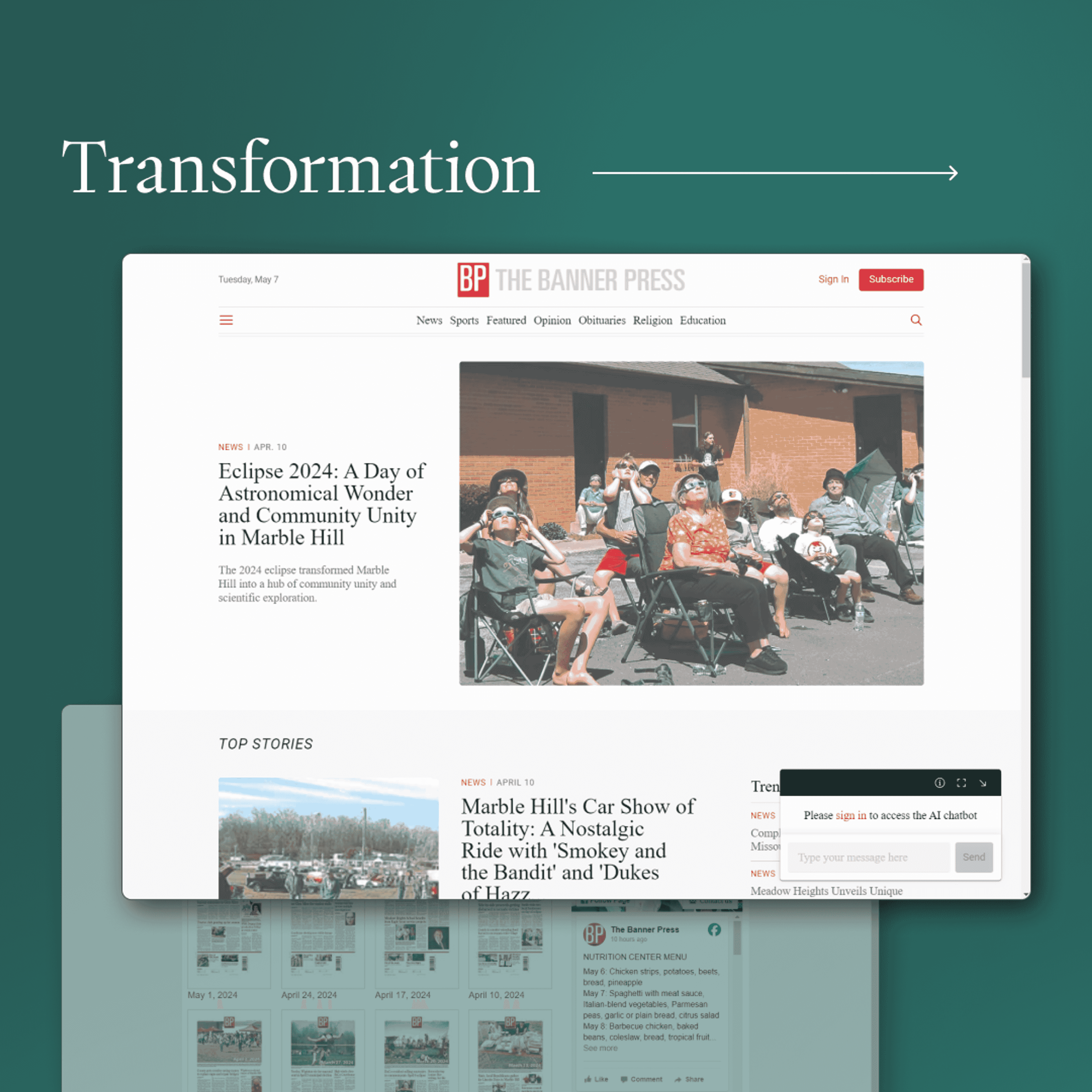Balancing Innovation and Ethics: AI's Role in Modern Publishing
AI is transforming publishing with advancements in content creation and distribution. This article delves into the ethical use of AI, addressing bias, transparency, data selection, and the importance of industry standards and collaborations.
Artificial intelligence is revolutionizing the publishing industry, bringing unprecedented advancements in content creation, curation, and distribution. However, as AI becomes more integrated into publishing workflows, ensuring its safe and ethical use is paramount. This article explores the critical aspects of AI safety in publishing, focusing on ethical considerations, technological safeguards, and collaborative efforts.
Bias and Fairness
AI has the potential to perpetuate or even amplify existing biases in published content. Instances of biased AI-generated content have raised concerns about fairness and representation. To mitigate these risks, it is essential to:
- Implement strategies to reduce bias in AI models.
- Ensure diverse and representative datasets for training.
- Maintain human oversight in content creation processes.
Transparency and Accountability
Clear guidelines on the use of AI in content creation are necessary to maintain transparency and accountability. Publishers should:
- Disclose AI-generated content to readers.
- Establish mechanisms for holding AI developers and publishers accountable for the content produced.
Data Selection and Training
Ensuring that AI models are trained on diverse and representative datasets is crucial. Best practices for data curation include:
- Selecting data that reflects a wide range of perspectives.
- Involving human oversight in the data selection process to avoid unintentional biases.
Red-Teaming and Testing
Rigorous testing protocols, such as red-teaming exercises, are vital to identify and address potential issues before deployment. Continuous monitoring and updates are necessary to maintain the integrity of AI systems. Examples of effective red-teaming exercises highlight the importance of:
- Identifying vulnerabilities in AI models.
- Implementing fixes to enhance safety and reliability.
Developing Industry Standards and Guidelines
Adhering to industry-wide standards for AI use in publishing is essential. Industry bodies and consortia play a crucial role in developing these standards. Existing guidelines provide a framework for:
- Ensuring ethical AI practices.
- Promoting consistency across the industry.
Encouraging Partnerships and Research
Collaboration between publishers, AI developers, academics, and policymakers is key to advancing AI safety. Joint research initiatives and case studies of successful collaborations demonstrate the benefits of:
- Sharing knowledge and resources.
- Developing innovative solutions to common challenges.
In summary, ethical considerations, technological safeguards, and collaborative efforts are fundamental to ensuring AI safety in publishing. As AI technology continues to evolve, it is crucial for stakeholders to actively participate in creating a safe and ethical AI landscape.






